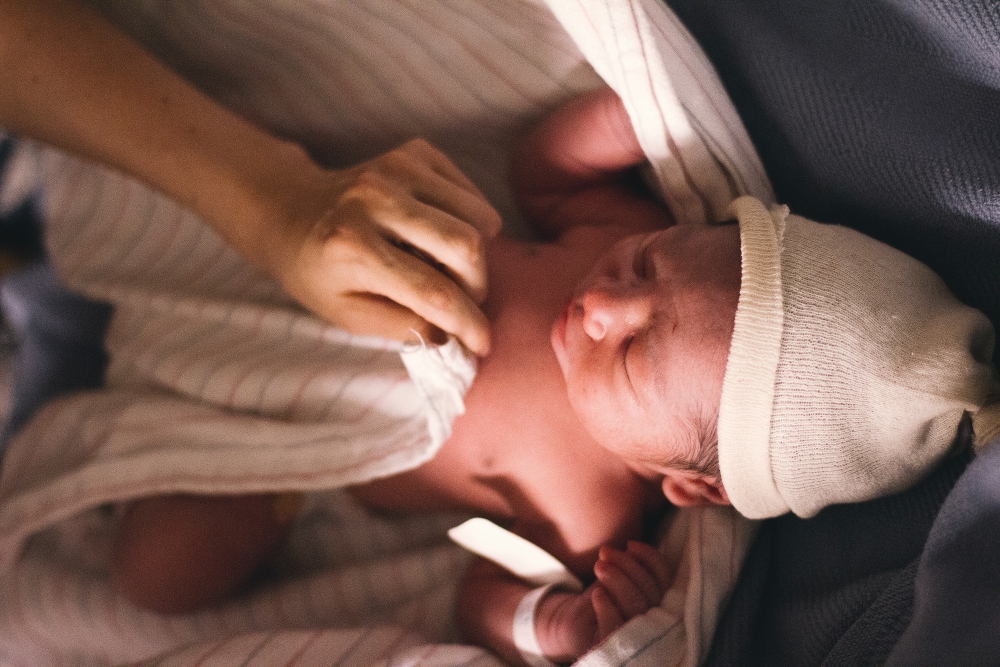The annual decline in Poland’s birth rate has reached 11.1 percent — the first time it has hit double-digits since records began.
The new figures show the acceleration of the decline in the number of births that has been taking place since 2018 in Poland, resulting in the country having one of Europe’s lowest fertility rates.
Preliminary data from the Statistics Poland (GUS) indicates that during the period from January to September 2023, there were approximately 210,000 live births, which is around 25,000 fewer than the previous year. The number of deaths in that period rose 34,000 year-over-year to 303,000.
Economist Rafał Mundry noted that the new GUS data means that in September alone, there were 22,100 children born, while last year there were 26,700 births during the same period.
“In the last 12 months, 280,000 babies were born and 414,000 people died,” Mundry wrote on X. The economist also mentioned that the pace of the decline in births for the period January-September of this year was in double digits, with a decrease of 11.1 percent compared to the corresponding period of the previous year.
Mundry called the decline a “collapse,” noting that the number of births has fallen by 30 percent in six years. In an interview with broadcaster TVN24, the economist pointed to the COVID-19 pandemic and the war in Ukraine as the possible causes of the acceleration.
Another reason for the low birth rate is felt to be the lack of attractive job offers. While the rate of unemployment may be low, Poland ranks second from the bottom in terms of the quality of jobs on offer, when factors such as working hours, level of pay, opportunities for promotion and development, and job security are taken into account.
Finally, there are cultural factors. As women become more independent and career-focused like their counterparts in Western countries, they are giving birth to fewer children at a later stage in life.
Last year, the number of births in Poland had already fallen to its lowest level since World War II, and the number of deaths exceeded the number of births for the tenth year in a row, fueling a demographic crisis in one of the fastest aging countries in Europe.
In 2021, Eurostat data showed Poland’s fertility rate at 1.33. Among EU member states, only Malta (1.13), Spain (1.19) and Italy (1.25) were lower.
A survey earlier this year showed that only 32 percent of Polish women aged 18-45 were planning to have children. Poland is also struggling with a housing shortage, with almost half of all Poles aged 25-34 still living with their parents.





